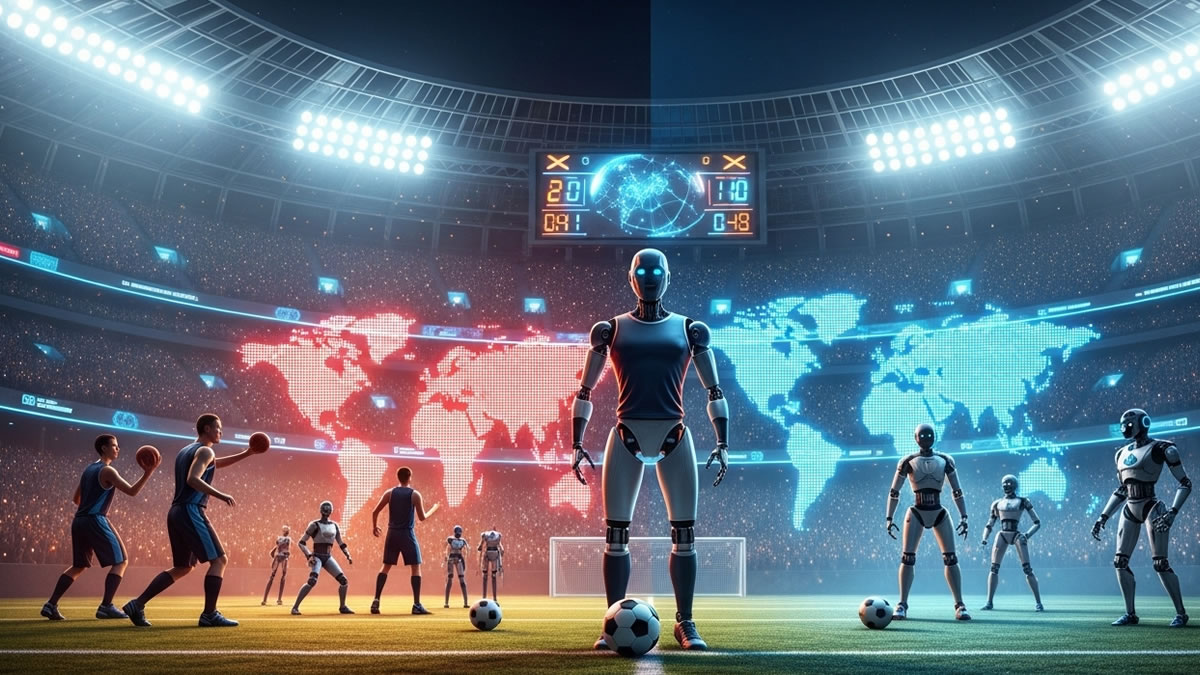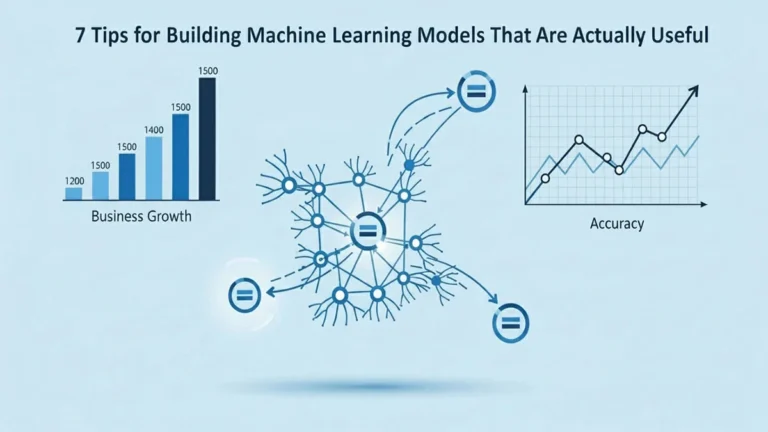Robotics in Sports: Future of Sports with Robotics and AI
Curiosity in robotics within athletics is rising quickly, with supporters already visualizing androids inside the stadium. Younger spectators appear particularly receptive, making them the probable initial backers of mechanical tournaments. Similar to instant replays or digital wearables revolutionizing spectator experiences, robotics in sports may redirect the spotlight again, building competitions that blend heritage with modernity in an approach that feels both thrilling and original.
This news feature examines robotics inside athletics, highlighting where fascination appears strongest, which disciplines might pioneer the transition, and how androids could integrate within the wider sports universe. Research from YouGov shows enthusiasm for robotics in athletics differs strongly by generation. Younger enthusiasts express significantly higher eagerness compared to seniors, and they remain the audience most willing to embrace upcoming mechanical leagues.
Yet, interest does not necessarily equal dedication, which means Robotics in sports AI initiatives must demonstrate effectiveness. Nearly half (46%) of younger audiences admitting curiosity reveal it is only mild, proving that first exposure exists, but surpassing casual attention requires persistence. Leagues experimenting with fresh sports AI systems must craft compelling matches and narratives that capture sustained viewership.

This combination of athletics indicates diverse directions for expansion. Combat contests might take the earliest strides, but football, basketball, and especially soccer could construct broader platforms. If momentum continues, supporters may soon witness android soccer battles staged in filled arenas or broadcast globally to countless audiences.
Robotics in Sports: Could Robot Leagues Ever Rival Human Competitions
Numerous spectators question whether mechanical tournaments can truly equal conventional contests, though developments in sports AI might transform perceptions. Only 17% currently consider Android leagues capable of equaling traditional athletics in recognition.
The generation divide is clear roughly 25% of 18–34-year-olds regard it as achievable, while just 6% of individuals aged 55+ concur. Younger viewers embrace progress, while older demographics show much more restraint. Parallel advancement seems realistic: Android competitions might not replace the NFL, NBA, or Premier League, but supported by AI Robotics in sports, they may flourish alongside established institutions.
Sports demonstrate a strong comparison: gaming events began obscurely. Over the years, they expanded into a billion-dollar domain with huge arenas, international festivals, and countless digital audiences. Robotics in Sports could follow a similar trajectory, remaining separate yet cultivating devoted supporters. The future of AI within athletics may depend less on surpassing existing sports achievements and more on novel designs, imaginative regulations, and engaging experiences offering fans originality.
Beyond Competition: Wider Roles for AI and Robotics
Androids may not only act as competitors. Many enthusiasts envision them involved in stadium logistics, refereeing assistance, or crowd interaction.
These responsibilities matter since they supply organizers with practical avenues for introducing robotics into sports without altering matches. Beginning in auxiliary functions, androids can elevate fan experience, reduce staff burdens, and prepare audiences for larger milestones like robotic soccer spectacles.
This gradual route simplifies acceptance of machines and unlocks additional AI-driven innovations. With time, Robotics in Sports can move past support roles, while technological progress paves the way for complete robotic leagues.
Final Thoughts
The expansion of Robotics in Sports will likely occur beside human competitions rather than substituting them. Younger viewers, mixed demographics, and smaller support roles already exhibit visible enthusiasm.
Step by step, innovative models can establish reliability and excitement, just like Robotics in sports evolved, carving a niche for robotic competitions in the sporting ecosystem.
FAQs
What is robotics in sport?
Robotics sport involves machines competing under strict guidelines, much like athletes. These events feature racing, combat, or objective-based challenges. They typically merge engineering with entertainment, with new concepts driven by AI.
Which country leads in robotics?
South Korea maintains the world’s highest robot concentration, while China dominates total usage as the biggest marketplace. Both nations experiment with machine learning applications in athletics.
Where is AI applied in sports?
Teams utilize AI to analyze performances, strategize tactics, and identify prospects. Officials depend on replay and tracking aided by AI systems. Broader applications help prevent injuries, refine training, and maintain fan engagement.
Is robot boxing recognized?
Yes, robot boxing exists in limited exhibitions where machines spar under regulation. It is not yet mainstream, but demonstrates how robotic contests may expand as standards evolve.
Stay updated with the latest articles at TechDives Online






